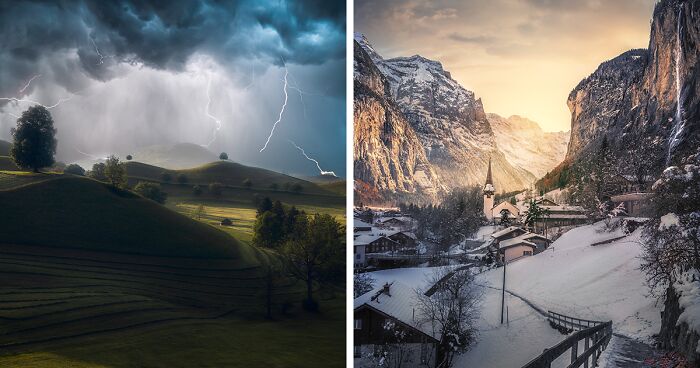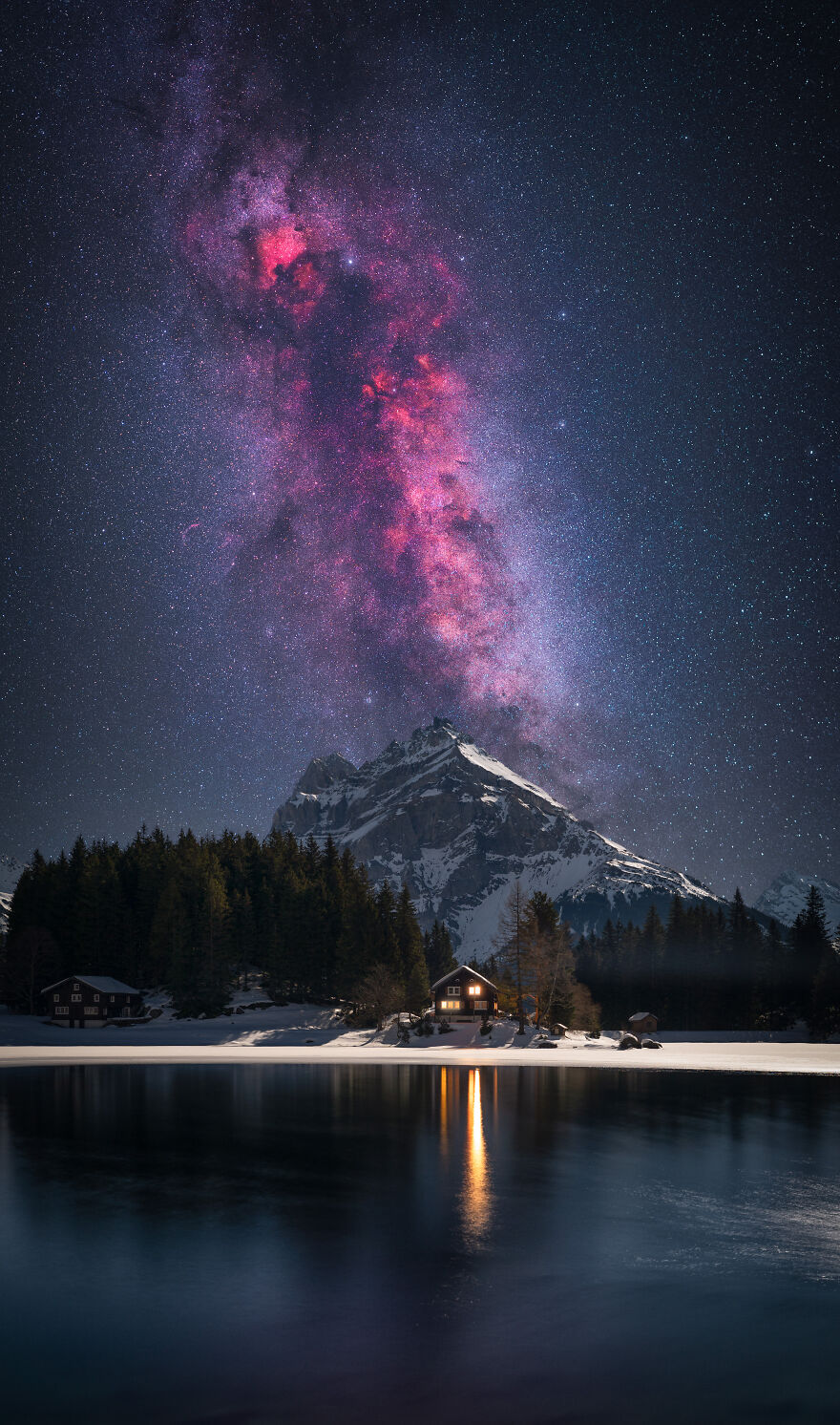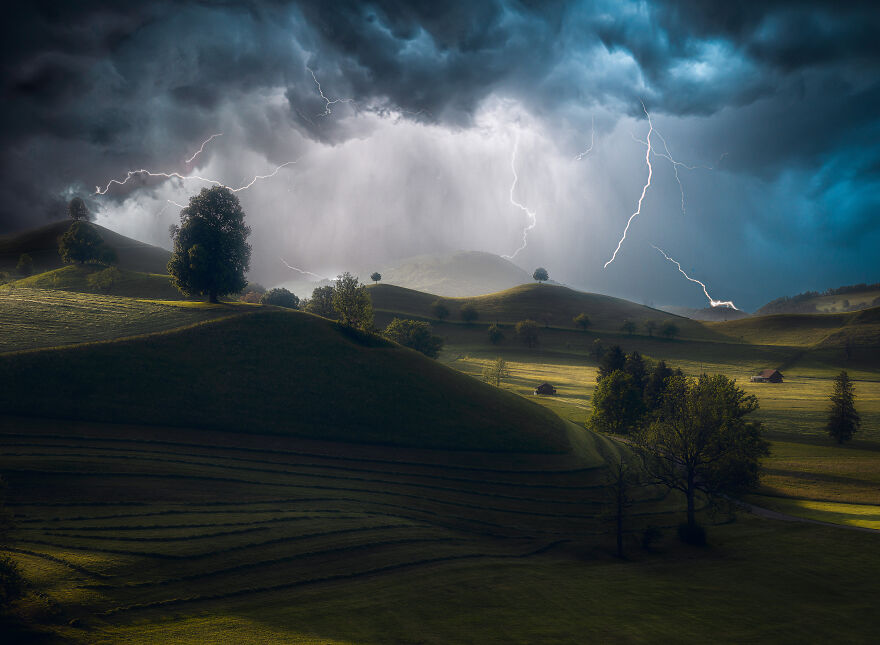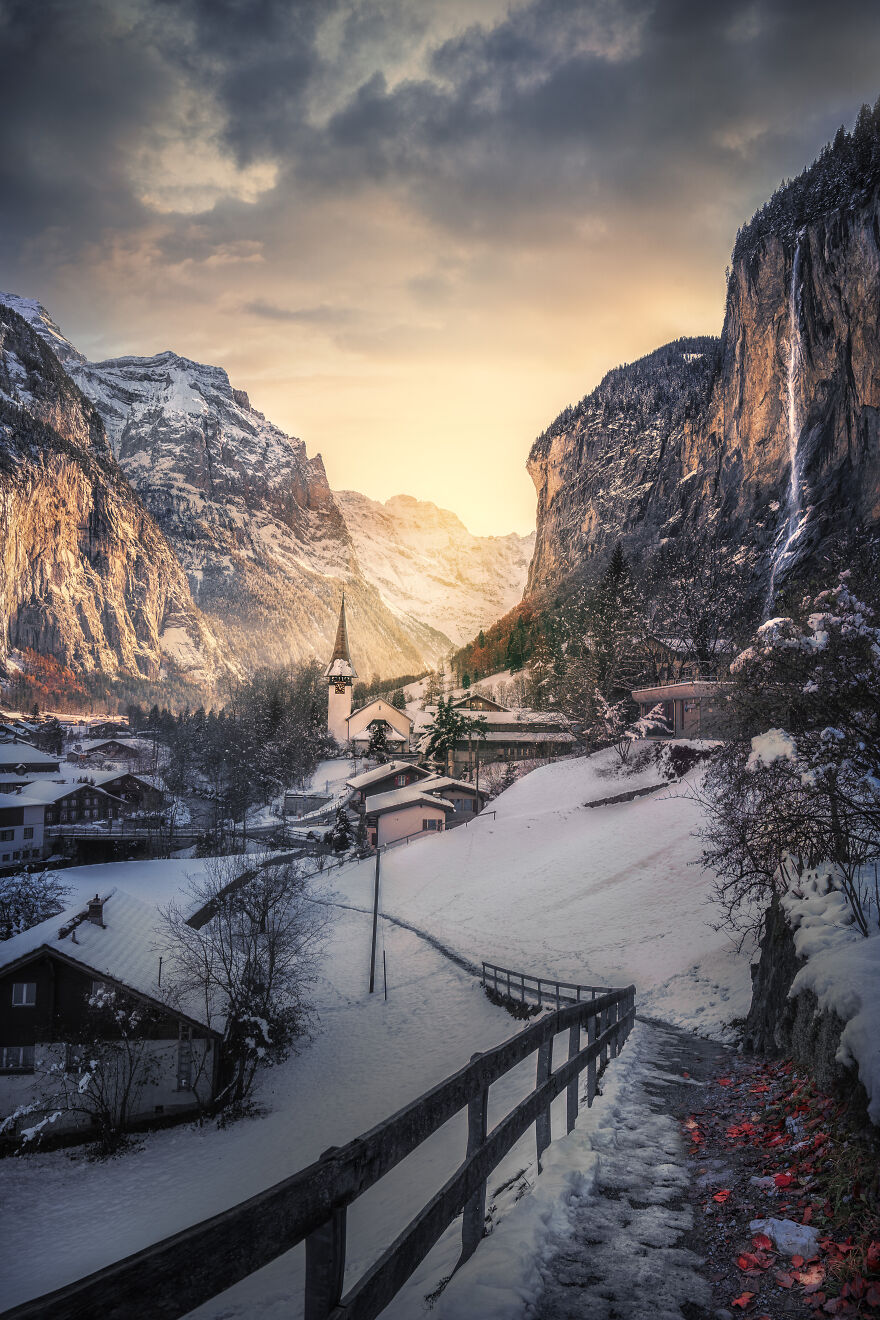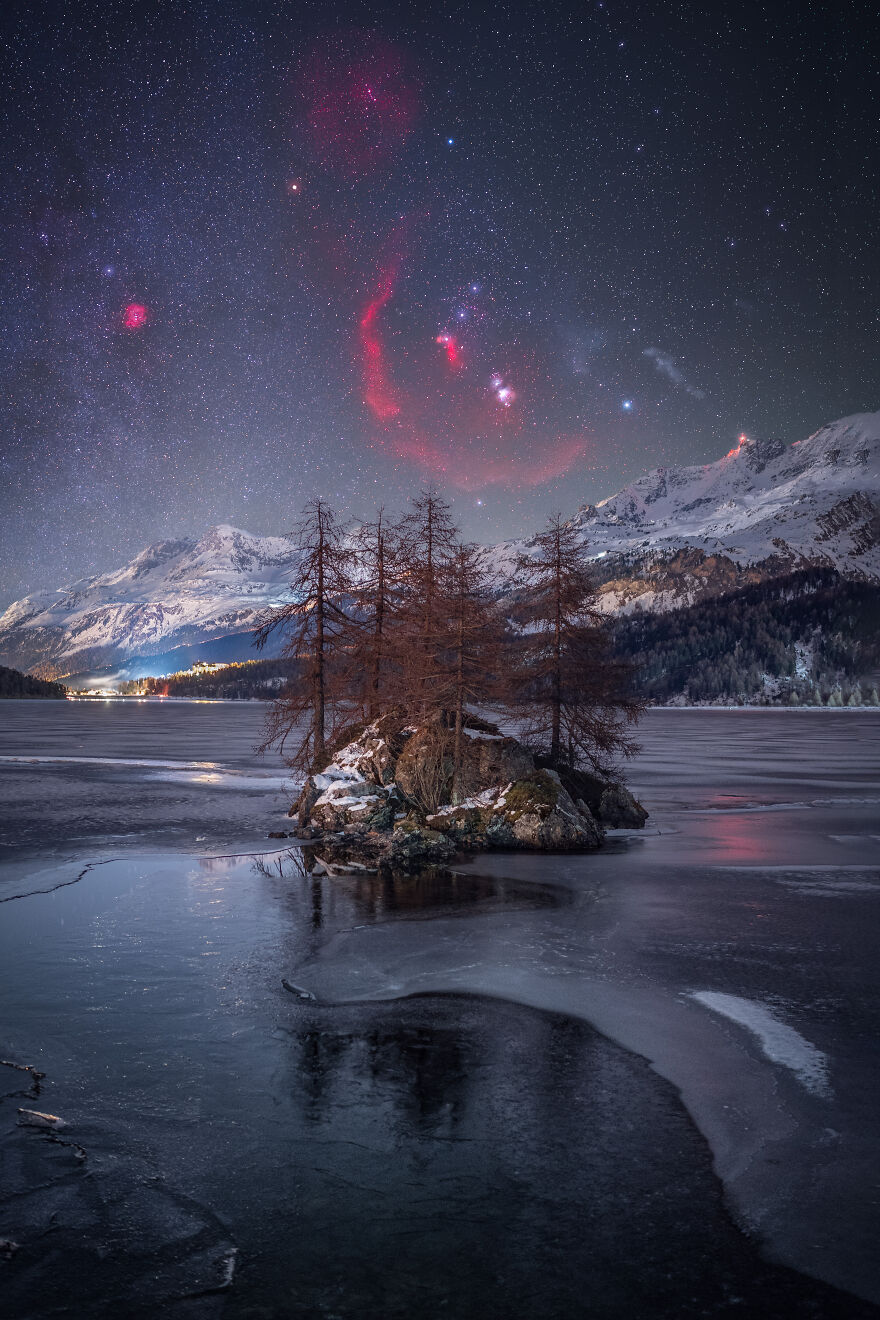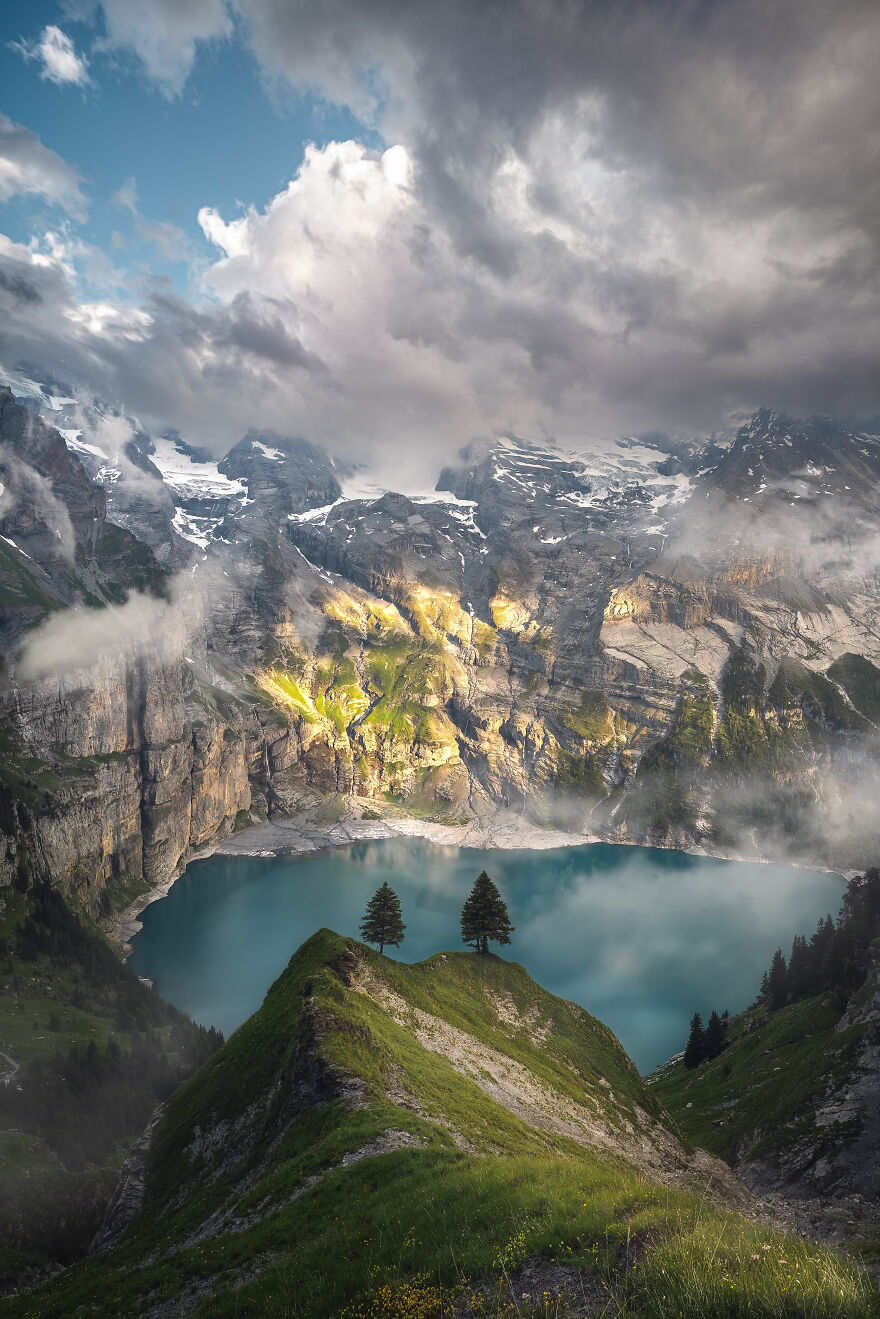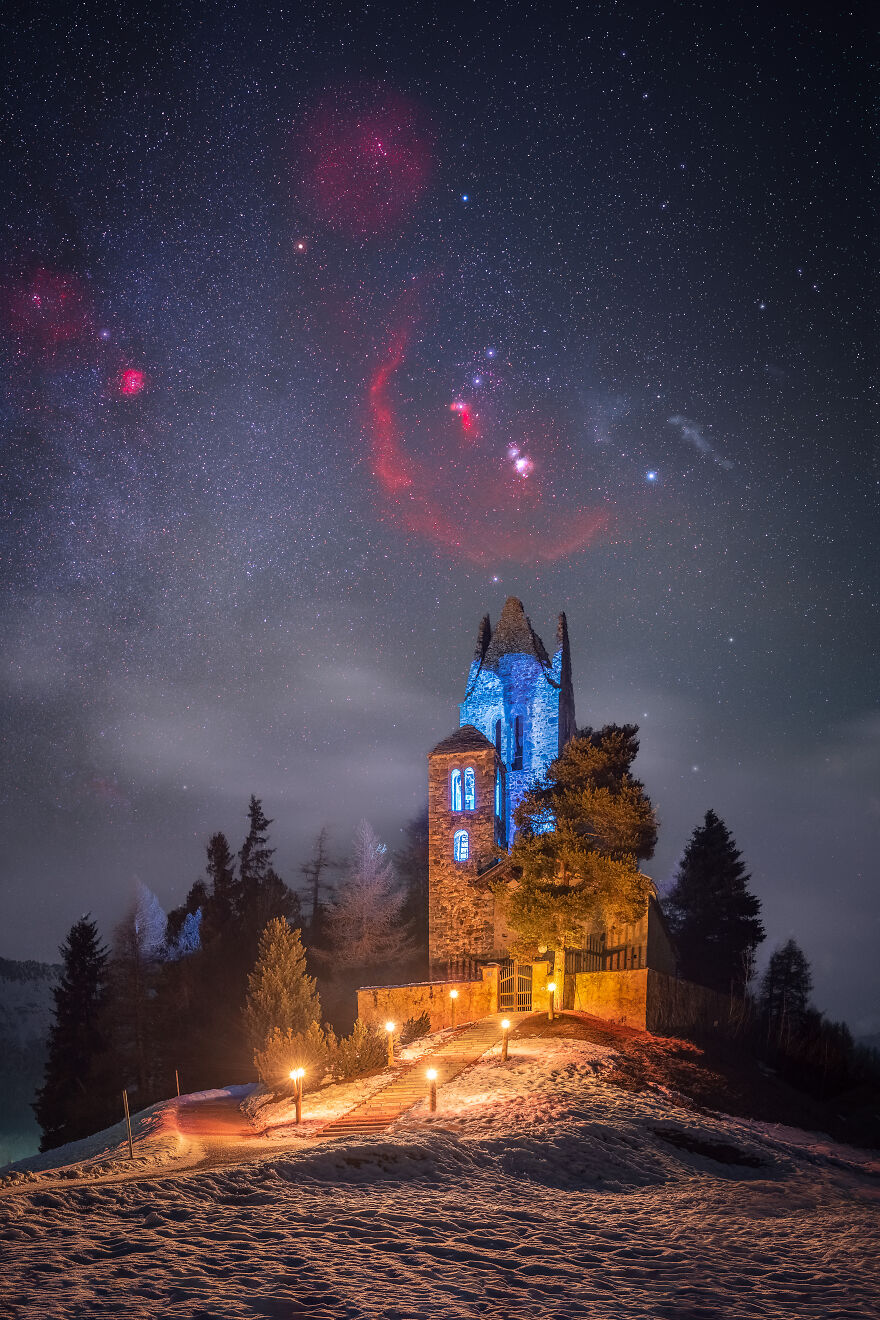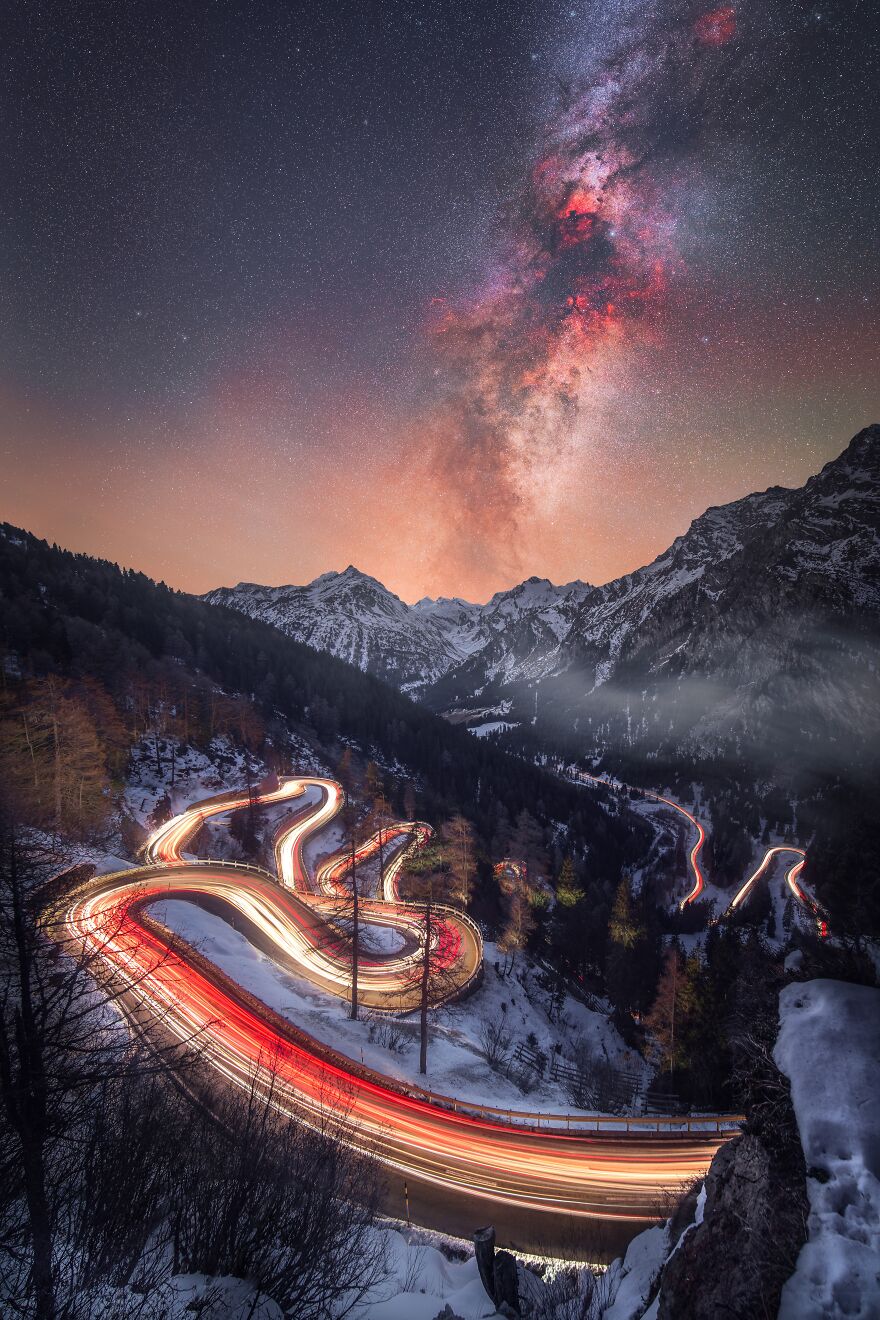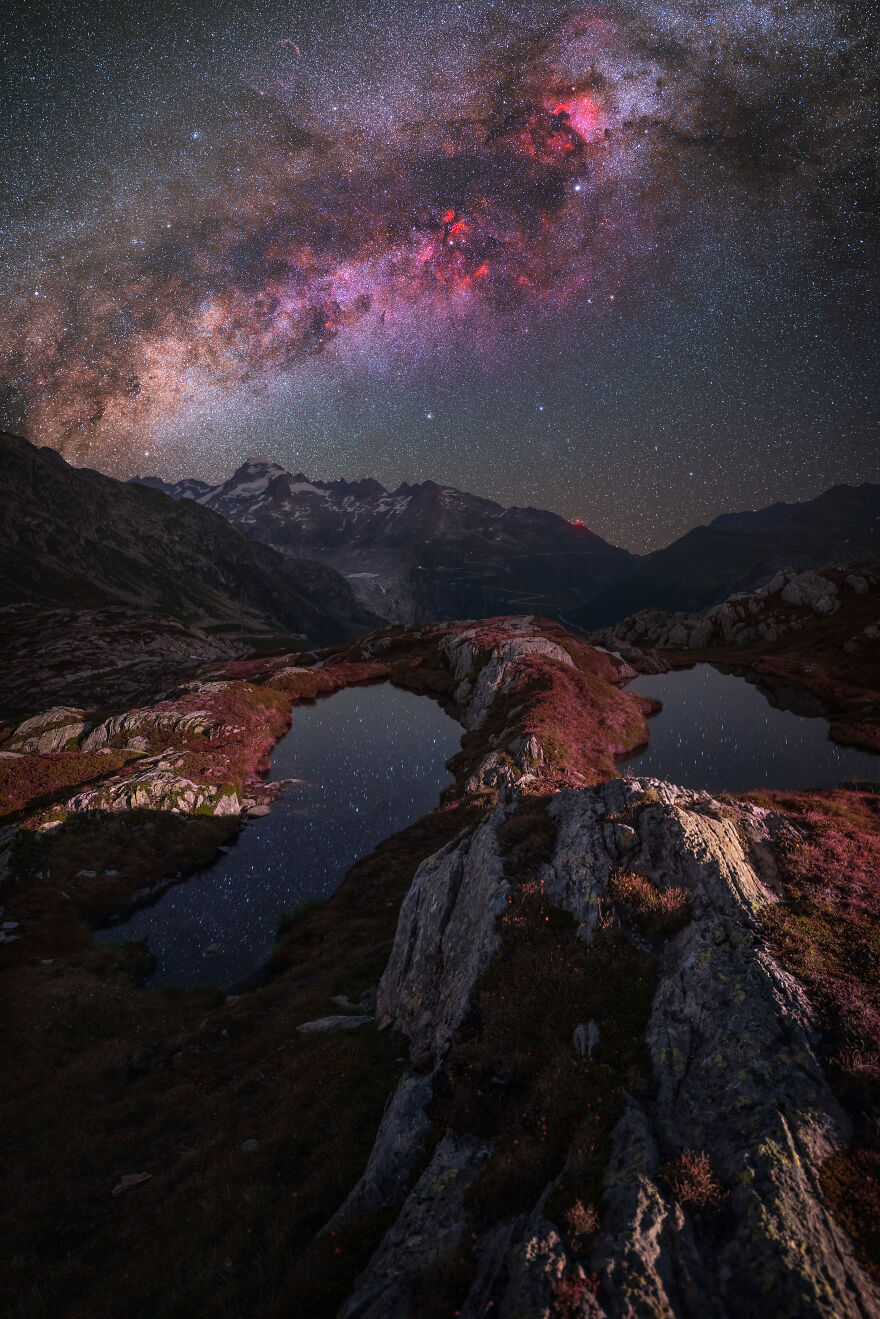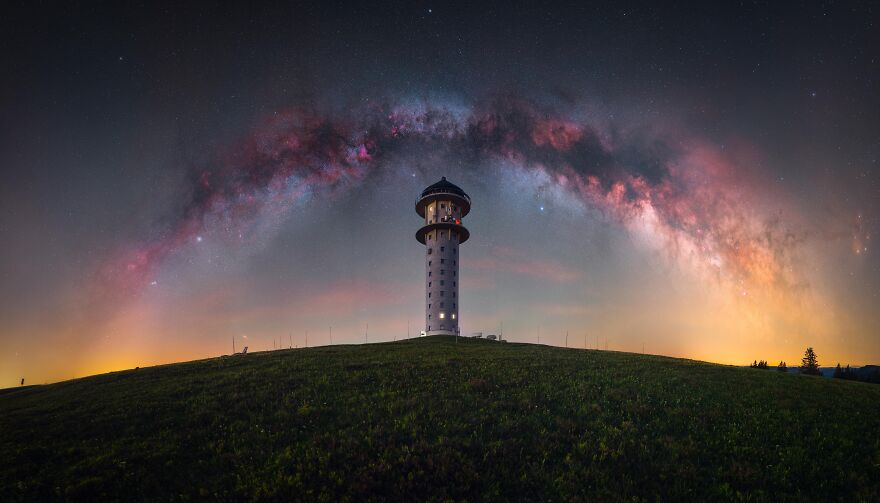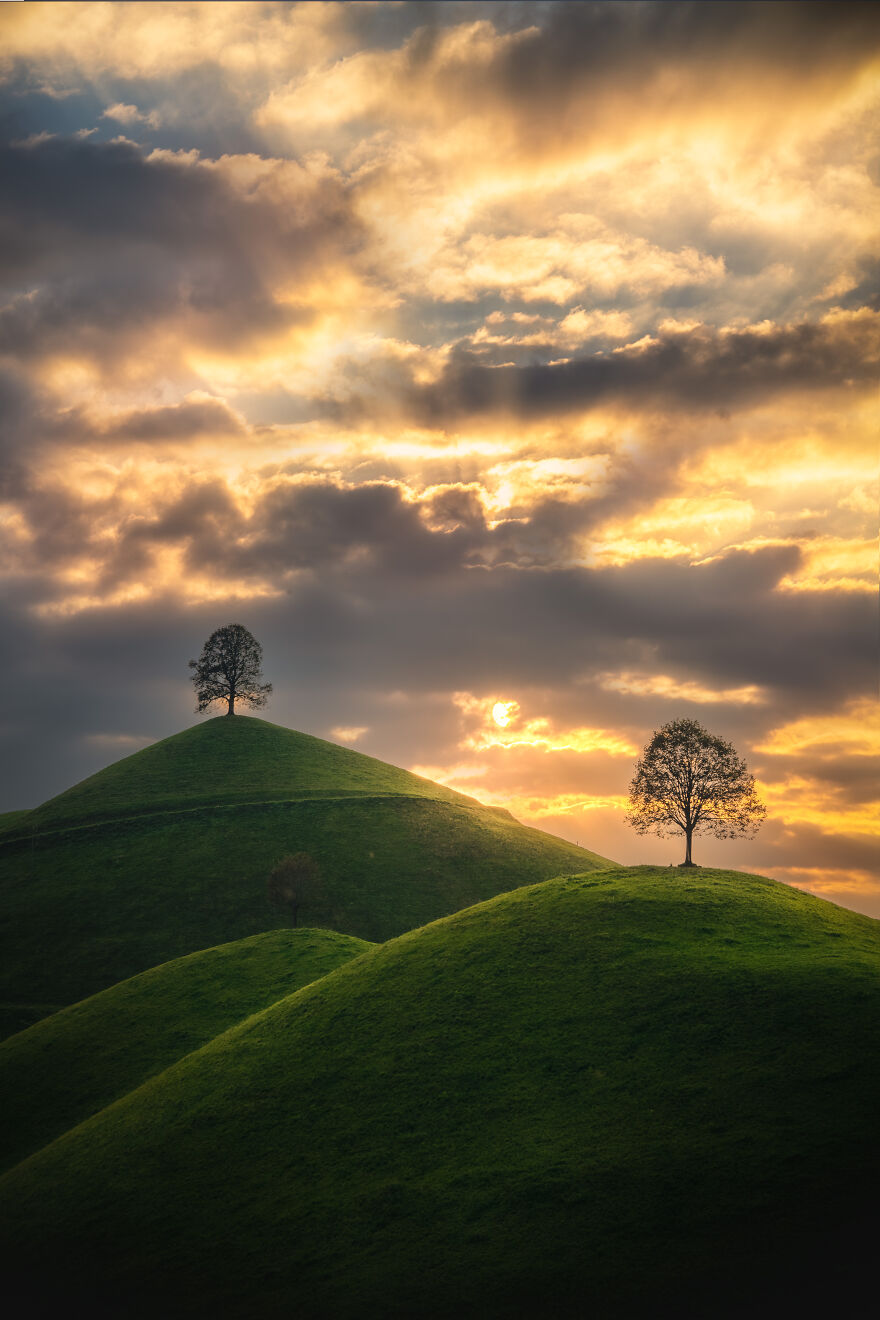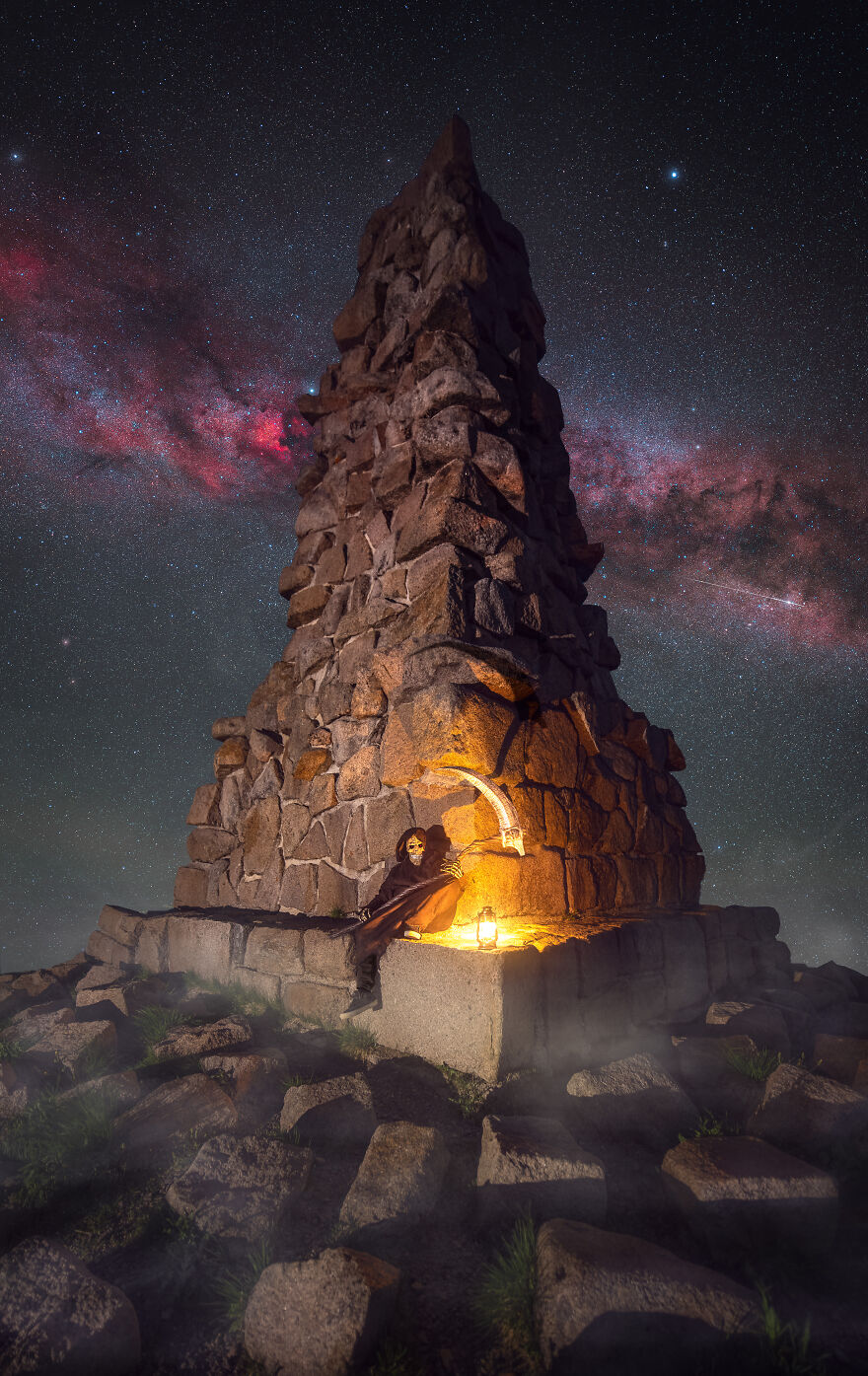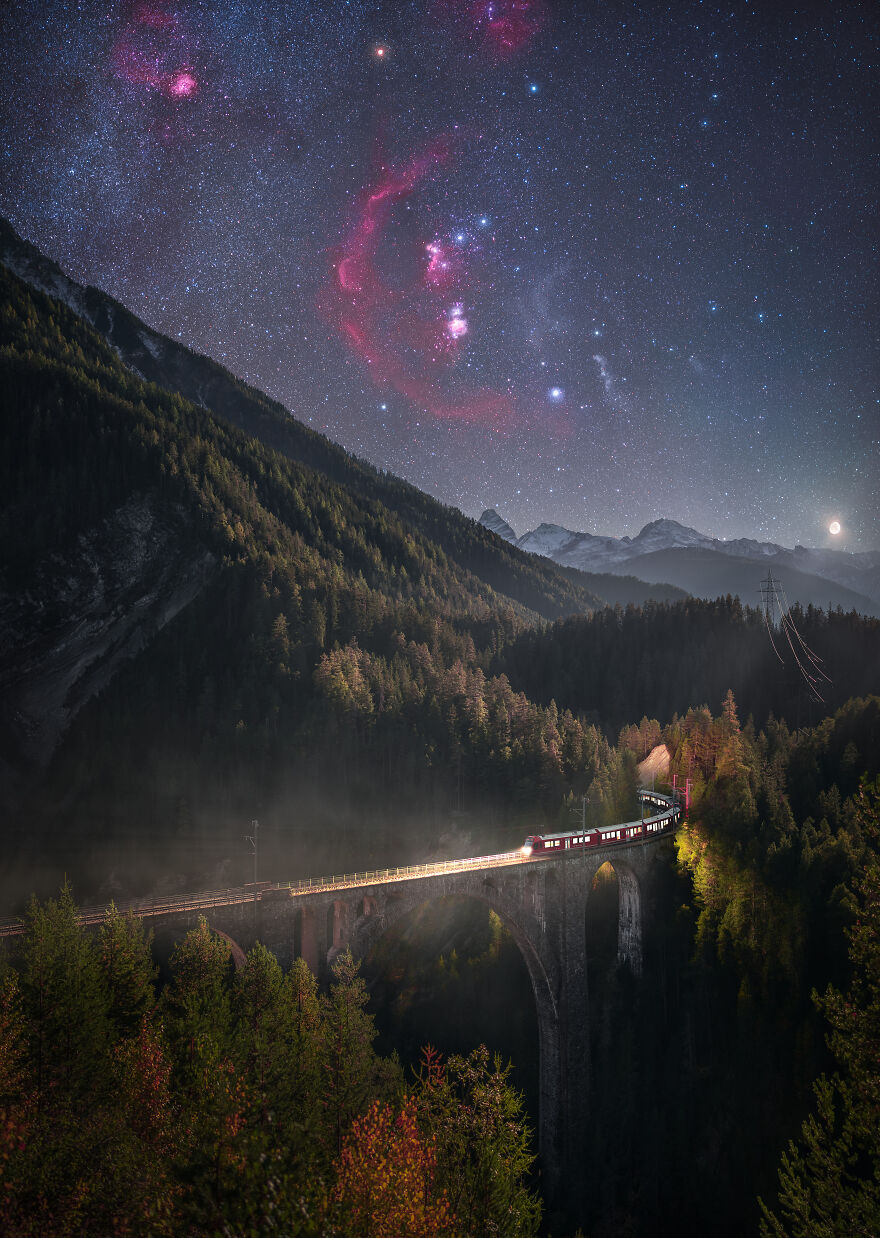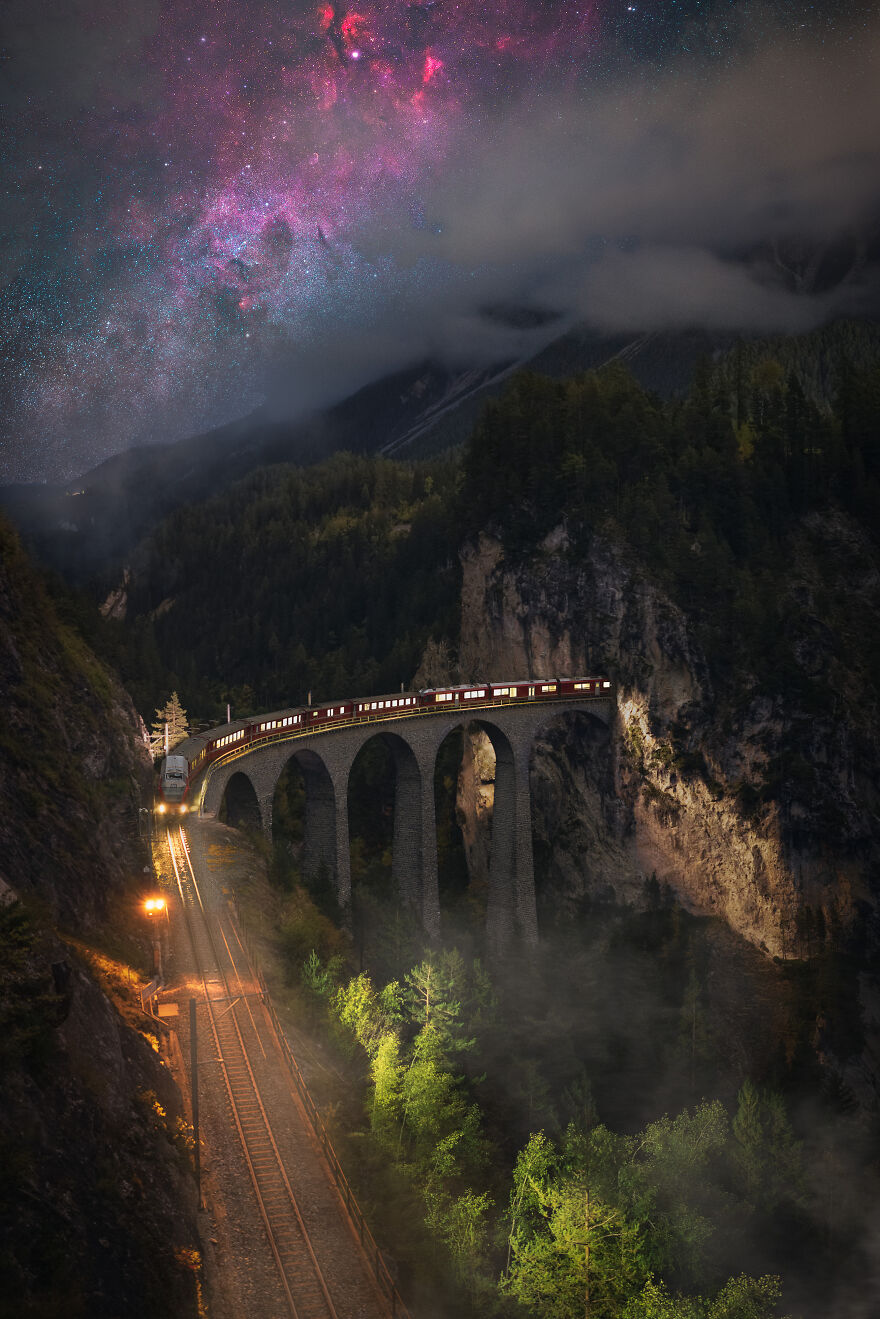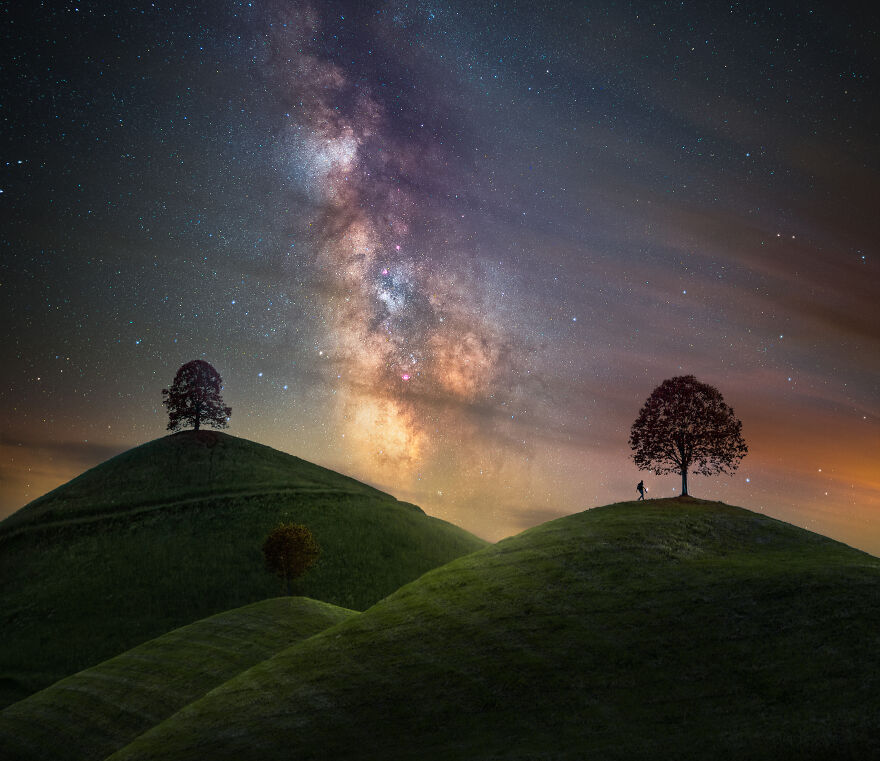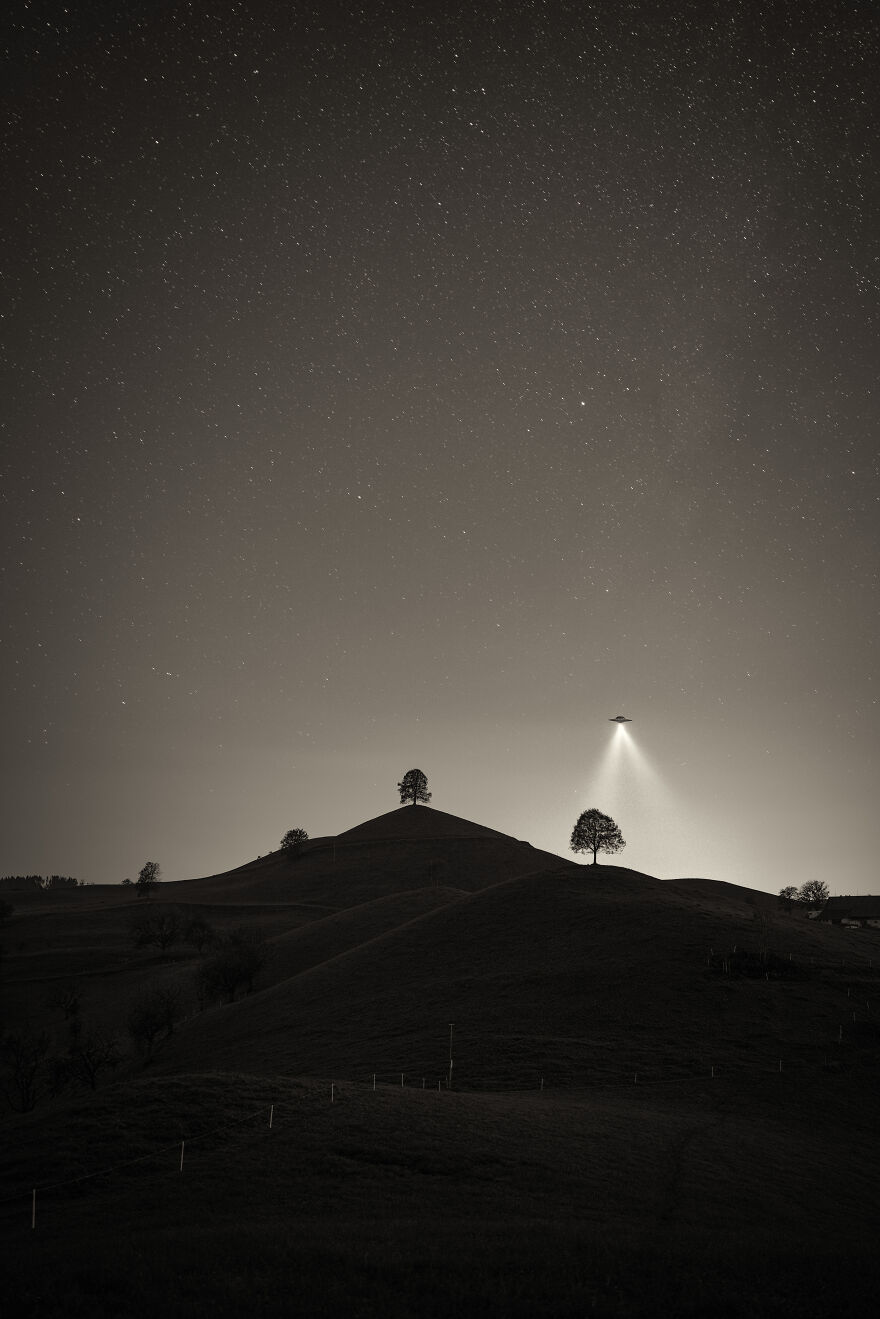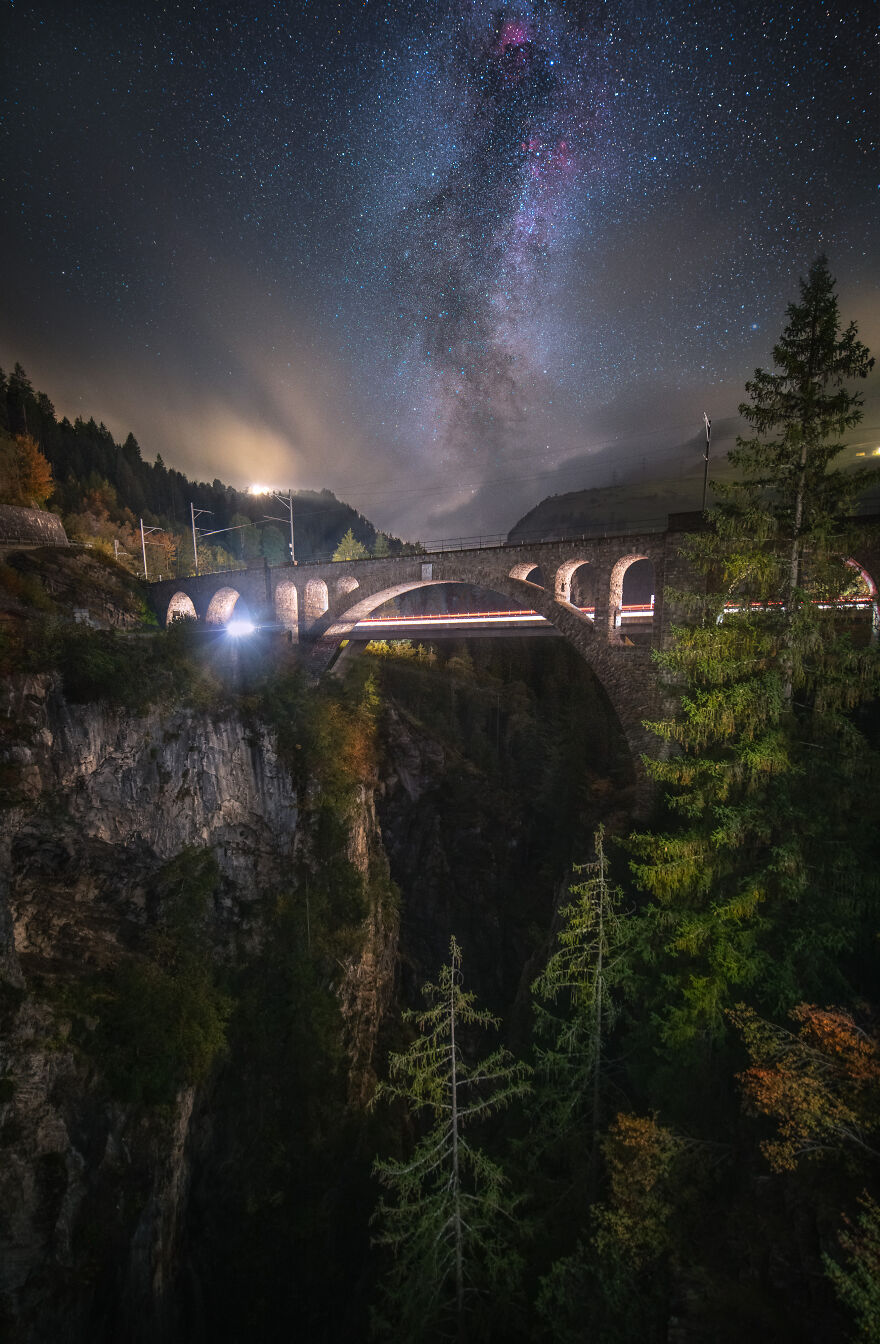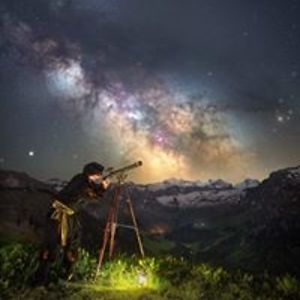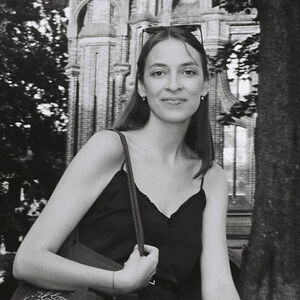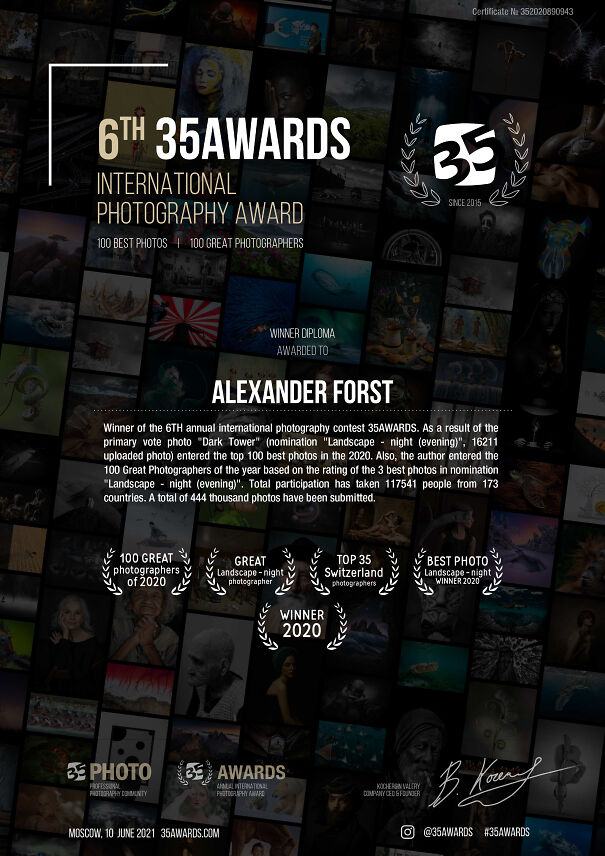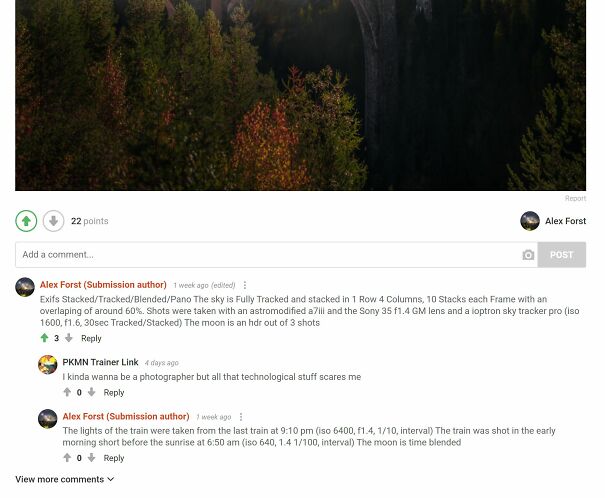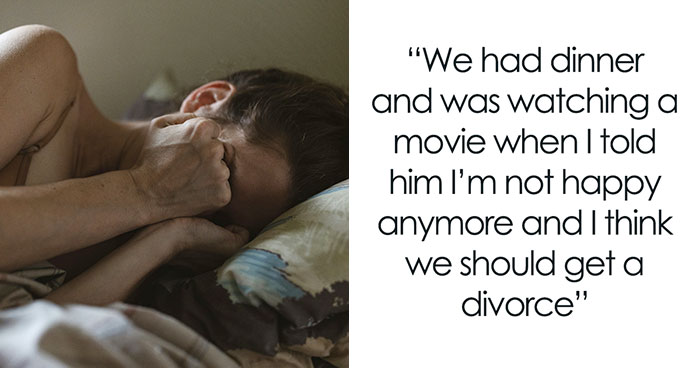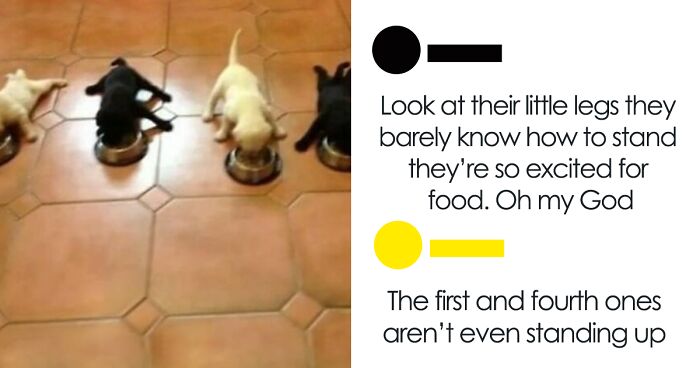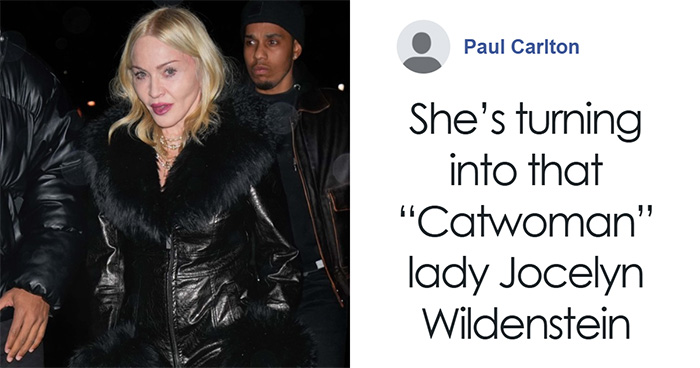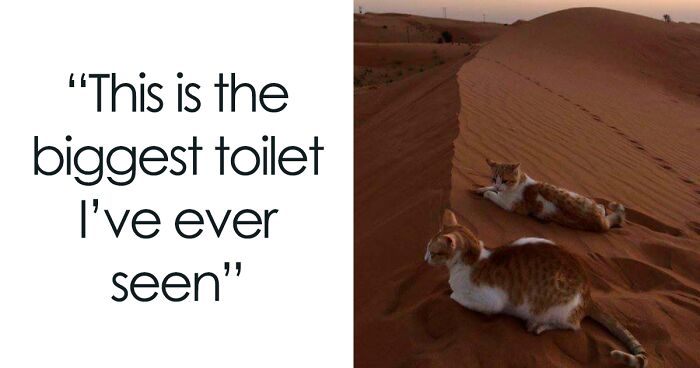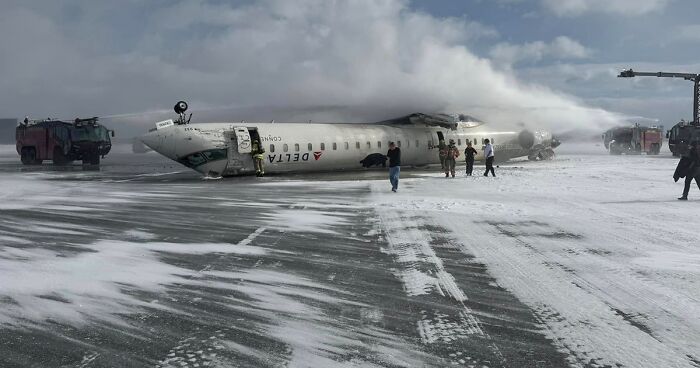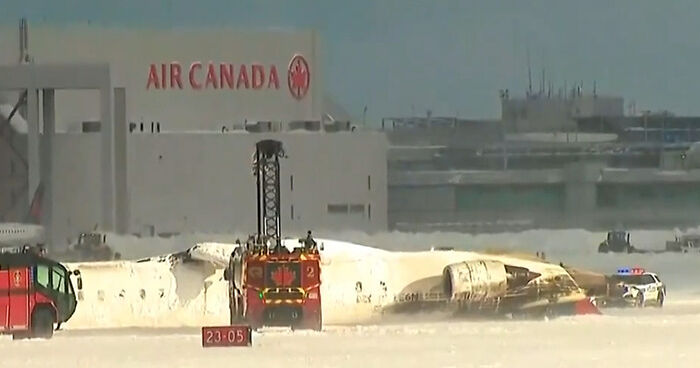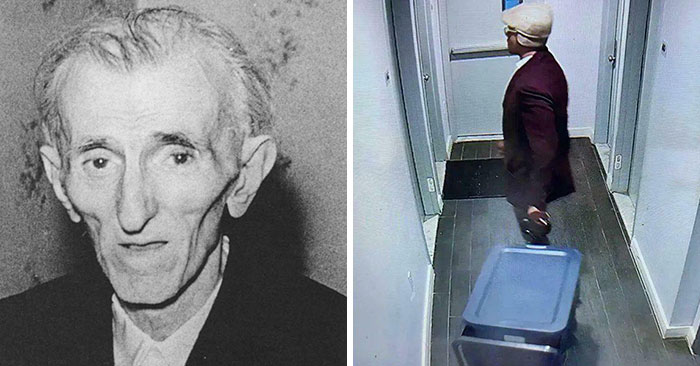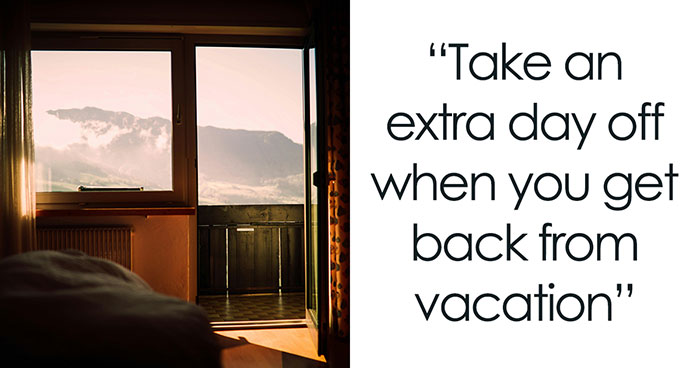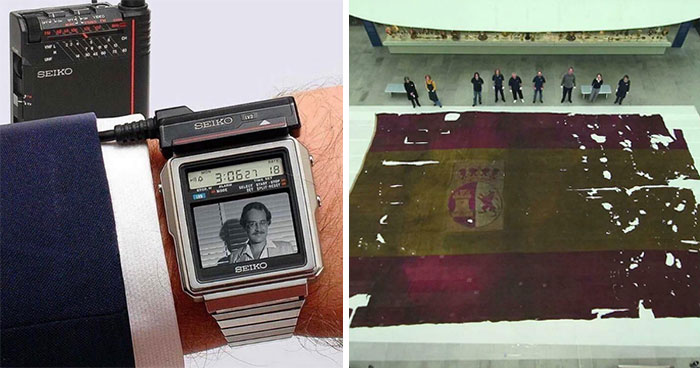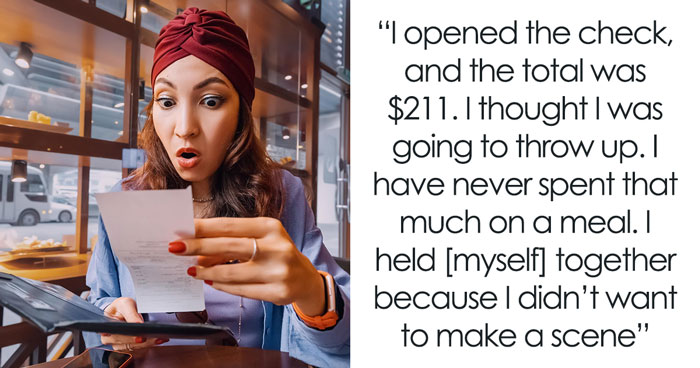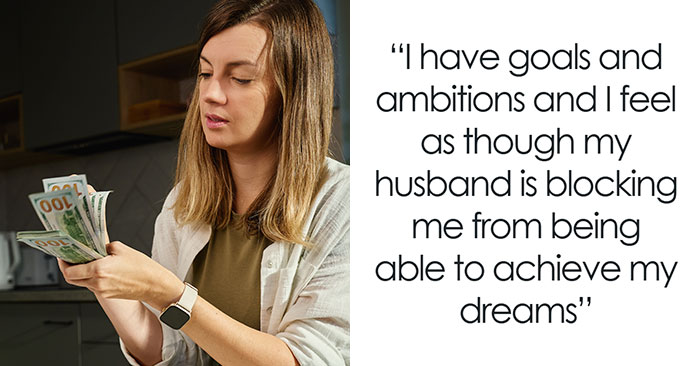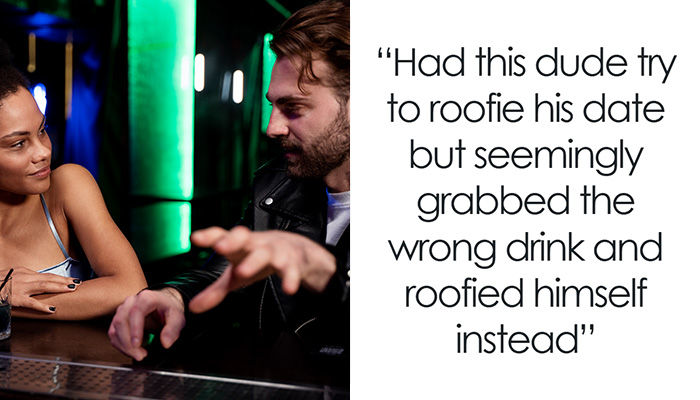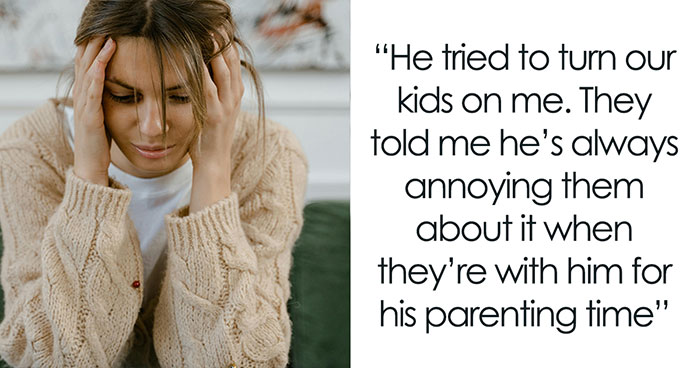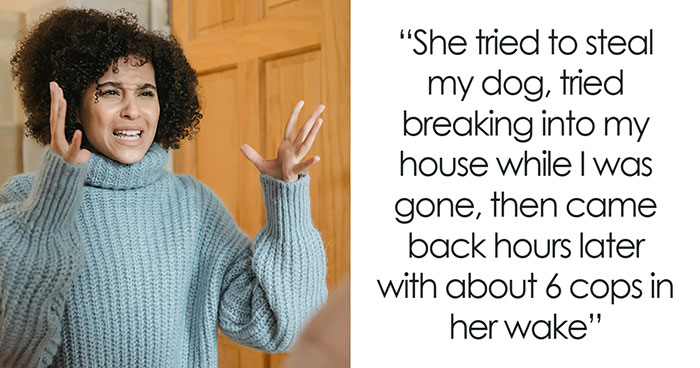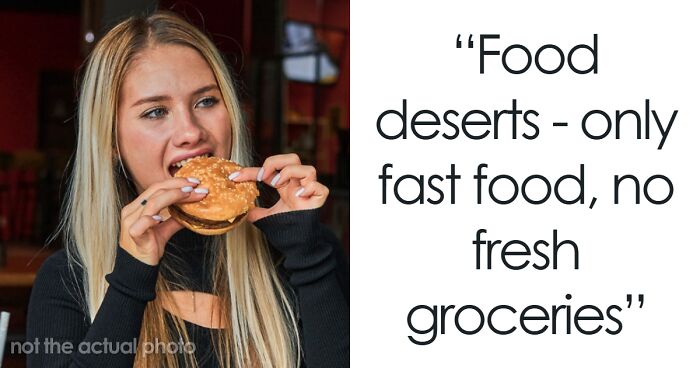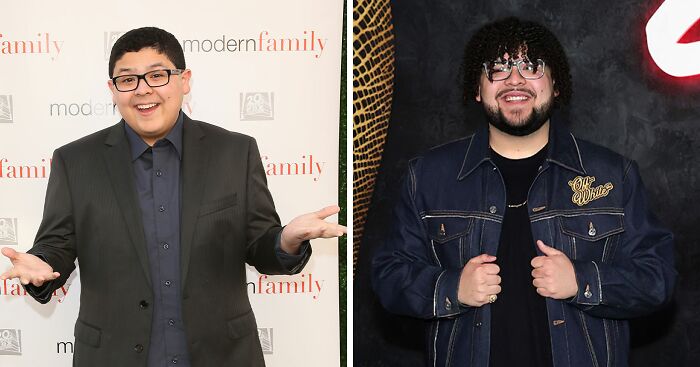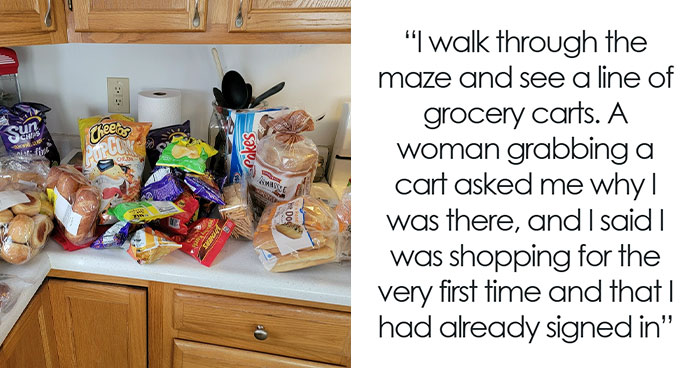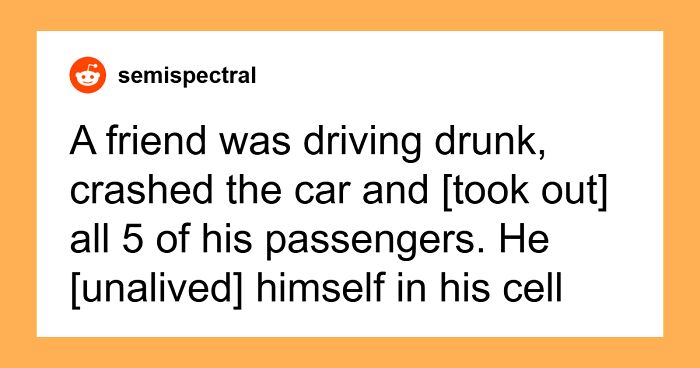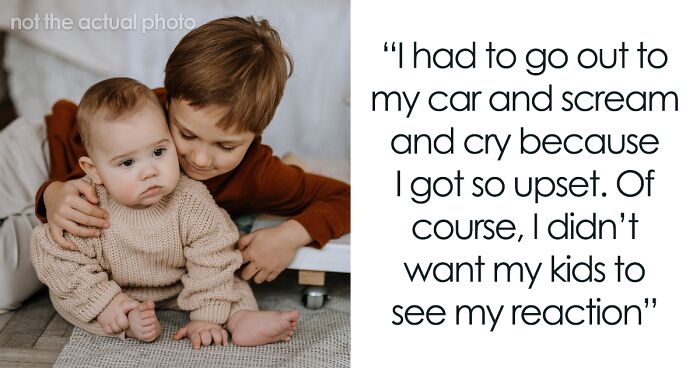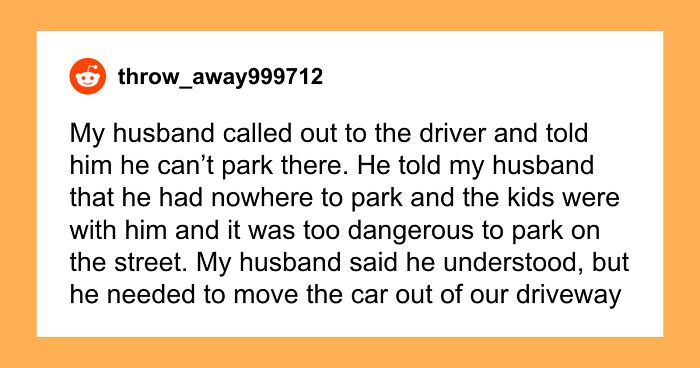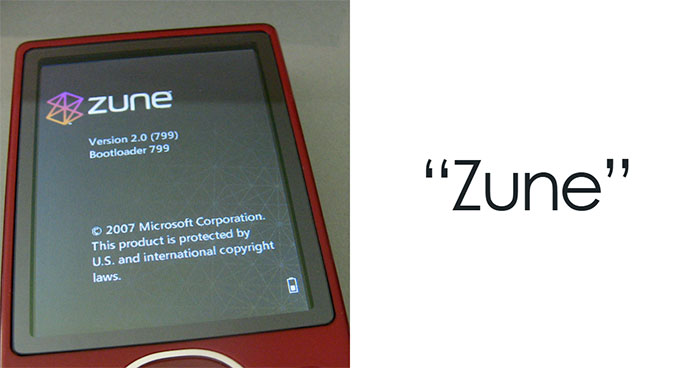My name is Alexander Forst, and I am a photographer from Berlin, living in Switzerland for 8 years now.
Some years ago, I decided to step up my night sky game and modify the sensor of my camera. The modification expands the light spectrum, which makes it possible to see the Ha emission nebulas in the night sky.
More info: lxphoton.com | alexander-forst.pixels.com | Instagram | Facebook | 500px.com
This post may include affiliate links.
Stacked/Tracked/Blended Sony A7iii Astromodified Sony A7Riii Unmodified Sony 35mm f1.4 Foreground: Iso 100 f3.2 30sec in moonshine Milkyway Iso 1600 f1.4 30sec Tracked
I love stories and I love telling them using my pictures. However, the reason why I started photography was that I just wanted to take some good selfies. I still take selfies but nobody will recognize me there. Photography has become a lot more for me than a means to an end. It is the expression of my art, my feelings, and my fantasy. Since I can remember I love the stars and it was only natural to start with star photography.
My inspiration comes mostly from movies and also computer games. I don't take inspiration from other photographs that often and I cannot really tell why, but I think maybe because it is easier to get a story and a feeling from a movie or a game than it is from stills.
why this picture has the same sky as another one? literally the SAME: same star luminosity, same position... and same cloud! That's not fair when you only said "modify the sensor of my camera. The modification expands the light spectrum, which makes it possible to see the Ha emission nebulas in the night sky": that's not the truth, you photoshopped some picture. for example: DSC5810-HD..._880-1.jpg 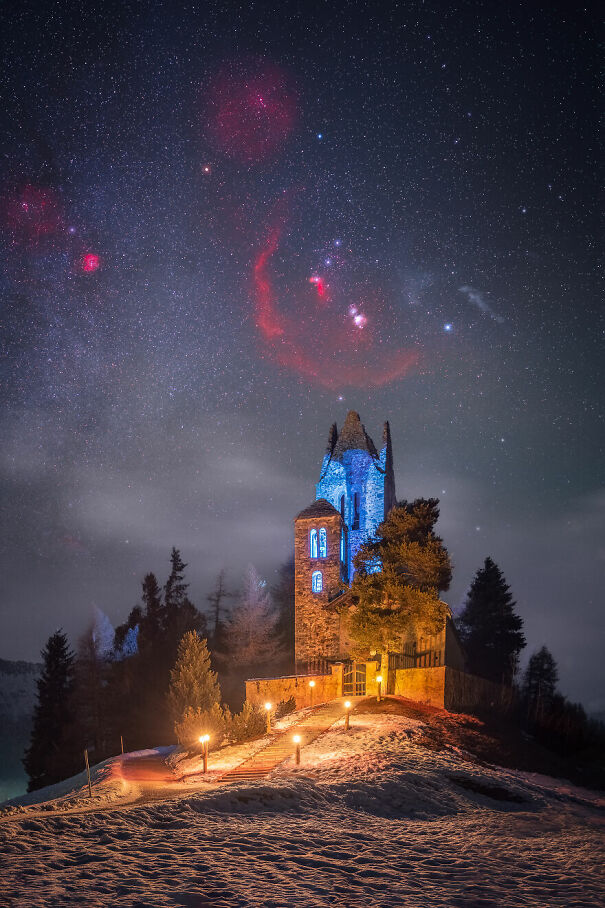 VERSUS DSC4571-Be..._880-1.jpg
VERSUS DSC4571-Be..._880-1.jpg 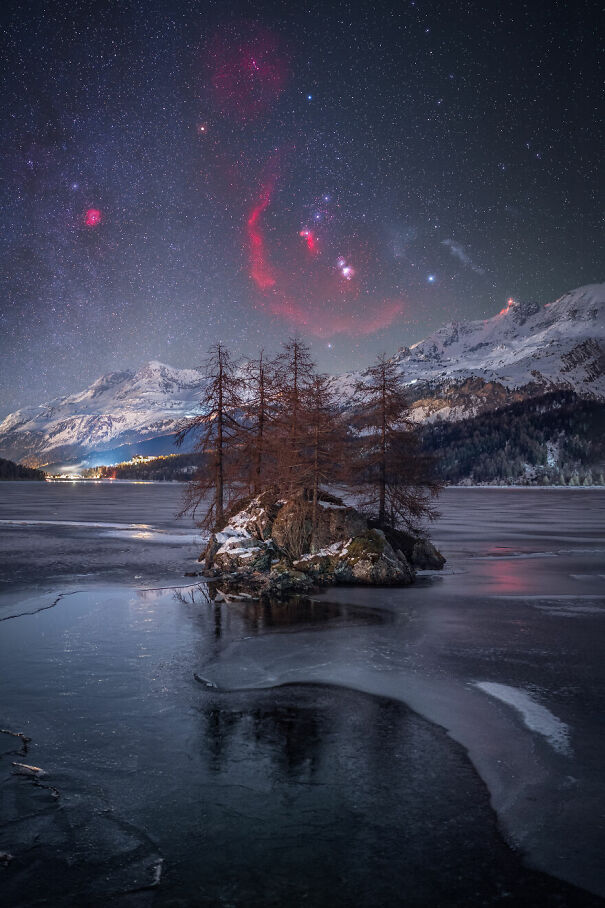 EDIT: before upvote or downvote, please, read my other comments below
EDIT: before upvote or downvote, please, read my other comments below
Star photography requires a lot of patience. You need to plan everything beforehand. Everything has to be perfect. The location, the weather, the motive and the direction of the sky. But it's not only that. My pictures become more and more complex, so sometimes, it takes hours, even days, to edit a single photograph to get it just right. But the end result is always worth it.
Stacked/Tracked/Composite A7iii Astromodified by Astrolab Service (Sky) A7riii Unmodified (Foreground) Sony 35mm gm Foreground: Iso 1600 f4 30sec, 15sec, 2sec Bracketing Sky: 8x Iso 1600 f1.8 30sec (same night different location)
Stacked/Tracked/Panon Exifs: A7iii Astromodified (milkyway) A7riii Unmodified (Foreground) foreground: 3x 8 Iso 1600, f4, 30sec, 35mm Sky: 3x8 iso 1600 f1.6, 30sec 35mm
If you'd like to see more photographs taken under the night sky you can find my older posts by clicking here, here, here and here.
Stacked/Tracked/blended A7riii (Foreground) A7iii (Astromodified for Milkyway) Sony 20mm f1.8 (foreground) Sony 35mm f1.4 (Milkyway) Foreground: 8x Iso 1600 30sec f2 (focusstacked) Milkyway 8x Iso 1600 f2
Exifs Stacked/Tracked/Blended/Pano The sky is Fully Tracked and stacked in 1 Row 4 Columns, 10 Stacks each Frame with an overlaping of around 60%. Shots were taken with an astromodified a7iii and the Sony 35 f1.4 GM lens and a ioptron sky tracker pro (iso 1600, f1.6, 30sec Tracked/Stacked) The moon is an hdr out of 3 shots
stacked tracked composite Sony Ariii Sigma 85mm f1.4 (foreground) Sony 20mm f1.4 (milkyway) Foreground: 1x iso 400 f4 1/100sec Milkyway: 8x iso 1600 f2 30sec
Stacked/Tracked/Blended Sony a7iii Astromodifed Sony A7riii unmodified Laowa 15mm f2 Foreground: 8x Iso 1600 f2 30sec Milkyway: 8x Iso 1600 f2 30sec
Eplaining of the Exifs: Stacked: Multiple shots overlayed for Noise Control and increasing details. Tracked: The Camera was standing on a device which rotates syncron with the stars. Blended: The shots where taken from the same Tripod location. Composite:: The shots where not taken from the same tripod location. Single: A single image. braketing: different exposure times for brighter lights
As a professional Astronomer, allow me to take some burden of explanation off of Alex Frost. Stacking and Tracking refer to a 2 step process to produce images of very faint objects in the night sky. First is tracking- using a clock-drive motor on the telescope or camera mount to keep it aimed at the object while multiple images are taken. Second is stacking which combines those images, registering - or aligning - them to remove any errors in tracking and then combining them (perhaps averaging them) on a pixel by pixel basis. Obviously, images of anything on the Earth will be blurred and distorted by this process - so all that is removed. Later, an in focus image of the foreground landscape may be added - this results in a composite image. It isn't a photograph. Almost all Astronomy "pictures" for the public are composite images. Pro Astronomers, like me, lack artistic skills to do this. We thank & admire folks like Alex Frost for sharing the beauty of Astronomy!
Alex, you've created masterpieces! Thank you for sharing your art. I'll have to share this with my family whose all last names are Forst. Cousins so many times removed? Lol! Please share more of your beautiful pieces.
I wish you lived close to me I would get u to do our photos every year you are magnificent. These are so beautiful and you did such an amazing job!
Hey guys. Alex has shared some beautiful artistic photographs of the night sky and some of you try to reduce what he has done based on a vague understanding of how he did it. Some of you may have heard of Ansel Adams, a renown photographer who worked in Black & White (search for his name if you don't know him). He spent much more time in the darkroom than behind the camera for each of his iconic photographs. Anyone who said Adams' photographs were not real photos or were not legit because of his darkroom techniques would be laughed at and dismissed as ignorant. Alex is a digital photographer and his darkroom is a computer - his photos are legit. Please do not use your ignorance to denigrate his photographs.
You were pretty quick to jump on someone who was asking about the same night sky in multiple photos, but after looking at your other posts that seems to be the case in many of them. I love night photography, and seeing the stars and beautiful colors. However, it does feel a little misleading. I am not insinuating that you're not a photographer, or an artist. I don't have anything against photoshop either, but clarity is always good. :)
Some of these photos look unreal (where did you find three hills, with a trees on the top of each 😄). The photos of the night sky are breathtaking - they always leave me stunned by the beauty of the stars and galaxies and nebulas.
Great, even if many is directly photoshopped. Except this is not stated in the disclaimer, this is amazing digital artwork :)
Eplaining of the Exifs: Stacked: Multiple shots overlayed for Noise Control and increasing details. Tracked: The Camera was standing on a device which rotates syncron with the stars. Blended: The shots where taken from the same Tripod location. Composite:: The shots where not taken from the same tripod location. Single: A single image. braketing: different exposure times for brighter lights
As a professional Astronomer, allow me to take some burden of explanation off of Alex Frost. Stacking and Tracking refer to a 2 step process to produce images of very faint objects in the night sky. First is tracking- using a clock-drive motor on the telescope or camera mount to keep it aimed at the object while multiple images are taken. Second is stacking which combines those images, registering - or aligning - them to remove any errors in tracking and then combining them (perhaps averaging them) on a pixel by pixel basis. Obviously, images of anything on the Earth will be blurred and distorted by this process - so all that is removed. Later, an in focus image of the foreground landscape may be added - this results in a composite image. It isn't a photograph. Almost all Astronomy "pictures" for the public are composite images. Pro Astronomers, like me, lack artistic skills to do this. We thank & admire folks like Alex Frost for sharing the beauty of Astronomy!
Alex, you've created masterpieces! Thank you for sharing your art. I'll have to share this with my family whose all last names are Forst. Cousins so many times removed? Lol! Please share more of your beautiful pieces.
I wish you lived close to me I would get u to do our photos every year you are magnificent. These are so beautiful and you did such an amazing job!
Hey guys. Alex has shared some beautiful artistic photographs of the night sky and some of you try to reduce what he has done based on a vague understanding of how he did it. Some of you may have heard of Ansel Adams, a renown photographer who worked in Black & White (search for his name if you don't know him). He spent much more time in the darkroom than behind the camera for each of his iconic photographs. Anyone who said Adams' photographs were not real photos or were not legit because of his darkroom techniques would be laughed at and dismissed as ignorant. Alex is a digital photographer and his darkroom is a computer - his photos are legit. Please do not use your ignorance to denigrate his photographs.
You were pretty quick to jump on someone who was asking about the same night sky in multiple photos, but after looking at your other posts that seems to be the case in many of them. I love night photography, and seeing the stars and beautiful colors. However, it does feel a little misleading. I am not insinuating that you're not a photographer, or an artist. I don't have anything against photoshop either, but clarity is always good. :)
Some of these photos look unreal (where did you find three hills, with a trees on the top of each 😄). The photos of the night sky are breathtaking - they always leave me stunned by the beauty of the stars and galaxies and nebulas.
Great, even if many is directly photoshopped. Except this is not stated in the disclaimer, this is amazing digital artwork :)

 Dark Mode
Dark Mode 

 No fees, cancel anytime
No fees, cancel anytime 



